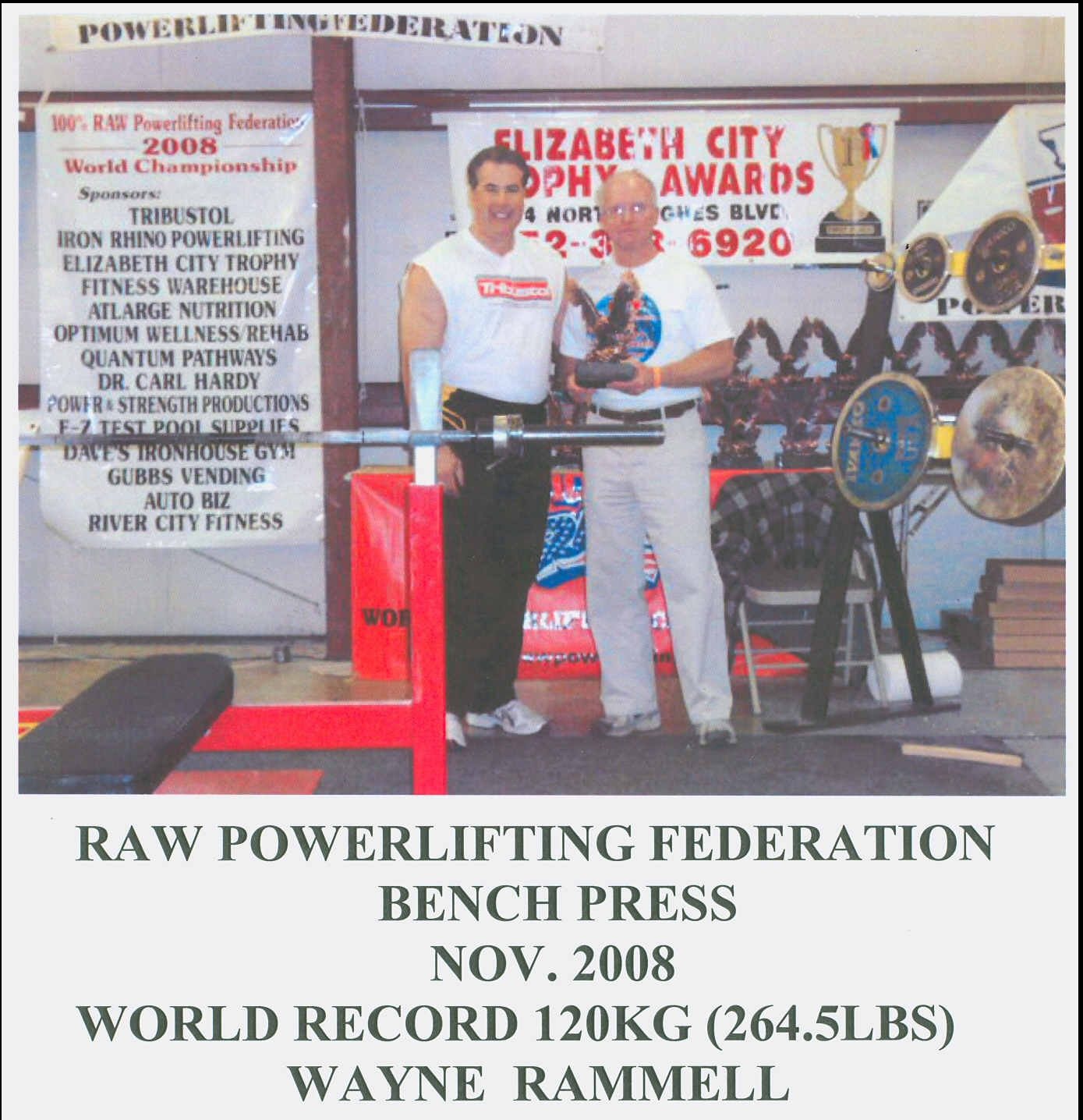 Shipbuilder Wayne Rammell has fond memories of engineering and the University of Mississippi.
Shipbuilder Wayne Rammell has fond memories of engineering and the University of Mississippi.
“A friend at Christopher Newport College (which at the time was part of the College of William and Mary) talked me into applying to Ole Miss while I was waiting to hear from Virginia Tech,” said the 1969 UM civil engineering graduate. “Ole Miss was perfect for me for numerous reasons: small classes, too far to travel home on the weekends, and I knew only two other students when I arrived.”
Rammell, assigned to the Virginia-class submarine program at Huntington Ingalls Shipbuilding, lived in the same room in Kincannon Hall his entire time at the university.
“Dr. (Sam) DeLeeuw and Dr. (M.S.) Abdulrahman are the professors that always come to mind when I think back on my time at Ole Miss,” Rammell said. “They had an open-door policy and were always willing to take the extra time to help.”A transfer student with two years of engineering classes to make up, Rammell had little time for a social life but managed to make time anyway.
“My last two semesters were busy ones, with 18 hours of engineering class followed by 21 hours,” he said. “The home football games, great concerts by the Platters, Johnny Cash, Ray Charles and Peter Paul and Mary, and the countless hours playing football on the field, where Kinard Hall is today, to unwind from the world of engineering are just a few of the memories of my time at Ole Miss.”
Born in Newport News, Va., and raised in Hampton, Va., Rammell comes from a long line of shipbuilders.
“My grandfather worked at the Newport News Shipbuilding at least two years starting in 1898,” he said. “My dad worked here from 1940 to 1974, and most of the men in the area where I grew up worked at the yard. Third- and fourth-generation employees are not uncommon. I worked two summers while in college prior to my full-time employment starting Feb. 3, 1969.”
Rammell said his time at Newport News has always been spent on the waterfront, and he wouldn’t have had it any other way.
“Being a part of building a ship is very special, be it a commercial vessel or a nuclear-powered ship for the Navy. I’ve always enjoyed trying to determine if and how to make the work required to build a ship easier, safer and less costly,” said Rammell, who has traveled to France, Germany and numerous locations stateside for his job.
“Many of the people that I worked with when I started were at the ‘yard’ during World War II, which was a great way to start. When you work at the deck-plate level, you have to communicate with other engineers, various levels of management and the production trades.”
Rammell said it is very important for an engineer to understand that there is a wealth of knowledge that is not contained in any book but exists among the production trades.
“This knowledge and experience can make your engineering job much easier if you will take the time to ask questions, listen and observe.”
Newport News Shipbuilding built all three carriers that were involved at the Battle of Midway and all of the nuclear carriers in the U.S. Navy. During Rammell’s career, the company also has built two nuclear vessels named Mississippi (CGN40 and SSN782).
“Newport News shipbuilders built the forward and aft ends of SSN782 and then delivered these hull sections to Electric Boat at Groton, Conn.,” Rammell said. “We were owned by Northrop Grumman, but we are now part of Huntington Ingalls Industries.”
The Navy commissioned the USS Mississippi (SSN 782), the ninth Virginia-class attack submarine, during a ceremony June 2 in Pascagoula. Built under a unique teaming agreement between General Dynamics Electric Boat and Huntington Ingalls Industries-Newport News, the USS Mississippi was delivered to the Navy in just over 62 months, the fastest delivery yet for a Virginia-class submarine. All Virginia-class submarines under construction are on track for early delivery.
“Mississippi’s commissioning is the culmination of a very successful construction process for our Navy/industry shipbuilding team,” said Rear Adm. (sel.) Michael Jabaley, Virginia-class program manager and vice commander for Naval Sea Systems Command. “Mississippi was delivered to the fleet a year ahead of her contracted date and was the most combat-ready Virginia-class submarine to date, as determined by the Navy’s Board of Inspection and Survey.”
Other upcoming major submarine acquisition milestones in 2012 include Pre-Commissioning Unit Indiana’s (SSN 789) construction start on Sept. 2 and PCU Minnesota’s (SSN 783) christening planned for this fall.
“I work with the riggers,” Rammell said. “The riggers are responsible for the scaffolding, docking operations, rigging and crane operations.”
“Later this year, the next Virginia-class submarine (Minnesota) will be moved from its build site to the James River. I have recently been involved with future Navy submarine construction, not the design but how to install the ballast in the forward end of the ship.”
Rammell and his wife have two sons, a daughter and five grandchildren. He enjoys working in his garden and yard, but weightlifting is his major hobby.
“I have competed in the Raw Powerlifting Federation over the past several years, setting state, national and world records in the bench press and a national and world record in the dead lift,” Rammell said. “Weightlifting really goes hand-in-hand with engineering. You really get a deep understanding of stress, strain, body mechanics and sometimes structural failure. Weight training is a great way to stay healthy, and by competing, I have kept my body weight within 5 pounds of my high school weight of 175 pounds.”
Virginia-class submarines are designed to dominate the world’s littoral and deep waters while conducting anti-submarine; anti-surface ship; strike; special operation forces; intelligence, surveillance and reconnaissance; irregular warfare; and mine warfare missions. Their inherent stealth, endurance, firepower and sensor suite directly enable them to support five of the six maritime strategy core capabilities: sea control, power projection, forward presence, maritime security and deterrence.
